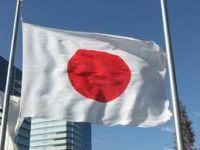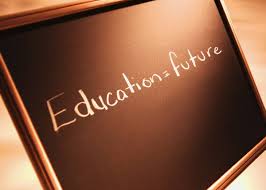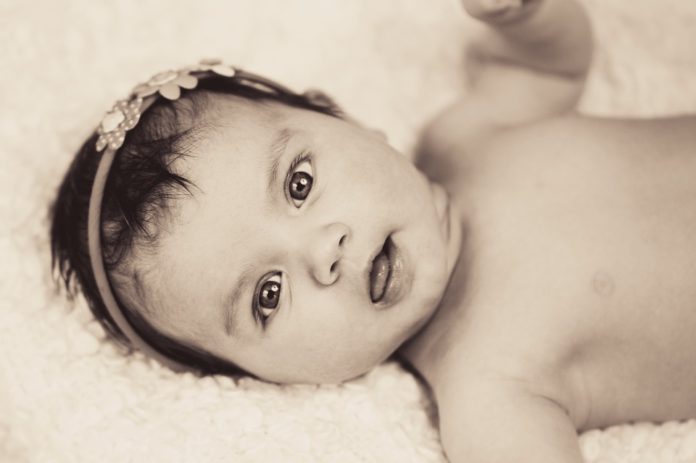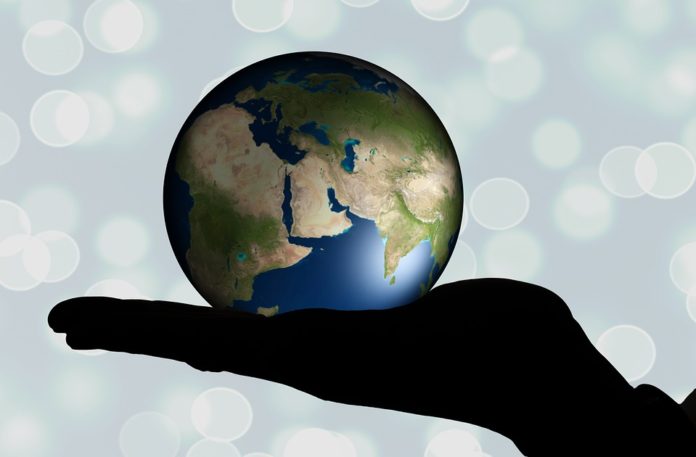The World Top 20 Education Poll plans to work with NGOs to support schools to address the problem to educate over 130 million children across the globe.
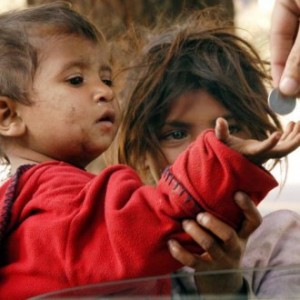
- www.youthkiawaaz.com
World News (Camden,NJ)
776 million adults around the world are illiterate. In fact, half of the nations on the planet; do not have a functional education system to help raise their standard of living. Most of these countries are developing nations in Africa and Asia. That will continue to condemn generations of children to a promise of poverty, abuse and death!
Conflicts, wars, embargos and regionalized conflicts have maintained its grip in limiting the opportunity for every child to receive a high quality education, particularly girls. The United Nations Children’s Fund (UNICEF), Girls Education Campaign, reported in 2000, that over 70% of females were not enrolled in school in some countries, which include, India and Nigeria.
Today, major progress has been made, with more girls in school than ever before. The number of children of primary age out of school has plummeted from 115 million in 2000 to 61 million in 2010. Thanks to the global commitments to the Millennium Development Goals (MDGs) and Education for All projects. Yet, there is so much more to be done.
Taking It to the Next Level
Despite the progress, far too many of the children are dropping out of primary school or coming out of school vastly lacking the basic tools of being able to read and write. Estimates are that 120 million children do not reach Grade 4 — and an additional 130 million in school are failing to acquire basic reading and numeracy skills.
Many drop out before they master theses basic skills; because they need to work to help their families survive, or they are unable to learn because 72 million of these children are affected by Child malnutrition. Therefore increasing the gap between countries ability to prepare skilled workers to develop and thrive in the new global knowledge base economy.
The New Jersey Minority Educational Development (NJMED) organization, say they have heard the voice less, and strategically plan to engage the task at hand. By working with international projects like, UNICEF’s Education for All, the World Bank and the Global Partnership for Education, the United Nations Development Programme – Millennium Campaign, and the International Education and Resource Network’s Global Education Conference to establish a Global Standard for educating children, as well as, social justices.
The Investment in Education
Several controversies occur in the definition of nation’s investment in education. The first is whether education should be defined in economic terms, or as part of a broader social order. The economic definition of education is typically based on income measures, with the higher attainment and achievement creating a strong and knowledge base workforce, which builds and stabilize a country’s economic growth.
While, many psychologist use a broader definition suggesting that education means preparing the cognitive development of students and the various factors involved in learning, including aptitude and learning measurement, the creative process, and the motivational forces that influence future success in life.
The World Top 20 Education Poll supports both perspectives, by focusing its efforts to work with NGOs to support schools to address the problem student’s face. From poverty, child labor abuse, children soldiers, and non access to schools in developing nations, to teenage suicide, teen pregnancy, teen drug abuse and youth gangs in developed nations. By examining four areas of educational development:
1) the concepts of head start and child development;
2) mechanisms through which cognitive thinking and problem solving affects child development and educational outcomes in primary school;
3) social skills that positively effects job readiness and help promote healthy family functioning;
4) attainment and achievement levels towards establishing a knowledge base workforce.
What’s the Plan
With support from the United Nation, UNICEF and other international children Non-governmental organizations (NGO) the World Top 20 Education Poll will annually help build a global data bank that ranks 260 countries education systems; in hopes of encouraging them to invest more in education. From early-childhood enrollment rates, proficiency level of children in reading, math and science from 4th and 8th grade, to high school and college completion rates. And publish it results each year, listing the 20 best education system and updated it every 90 days.
The data for the poll will be collected from 5 international organizations- the United Nations Educational, Scientific and Cultural Organisation (UNESCO); The Trends in International Mathematics and Science Study (TIMSS); Economist Intelligence Unit (EIU), Progress in International Reading Study (PIRLS); and the Organisation for Economic Co-operation and Development’s (OECO) Programme for International Student Assessment (PISA) study, that report annually and bi-annually on country’s education progress.
Each nations Ministry of Education Departments will then be contacted to assure the poll’s data is correct. The data will then be used to develop resources with local organizations and community leaders to connect with schools, analyze yearly results to ensure that high quality education for sustainable development is integrated for students 3 to 21, and support NGOs to insure that nonconforming nations adapt.
All in an effort to create a Global Standard for education by ensuring every country is judged on an annual basis against the same yardstick, or set of global standards.
What’s Next
If you would like to participate in the project, and can help provide resources to link services for countries in areas of need; from teacher development, school buildings, school supplies, and family aide, please contact New Jersey Minority Educational Development via e-mail at worldtop20education@gmail.com
